#mary of burgundy
Text


reynard the fox as a clergyman, with birds in his cowl
in the book of hours of mary of burgundy, flanders, ca. 1470
source: Vienna, ÖBN, Cod. 1857, fol. 59v
#15th century#book of hours#mary of burgundy#illuminated manuscript#marginalia#medieval art#medieval marginalia#medieval manuscript#birds#sorry for the misinformation it's not a kangaroo
2K notes
·
View notes
Text


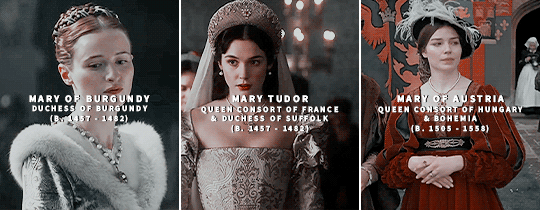
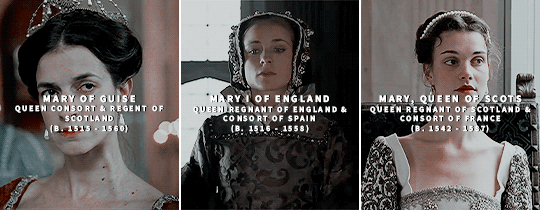
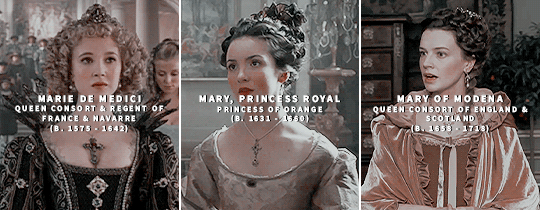
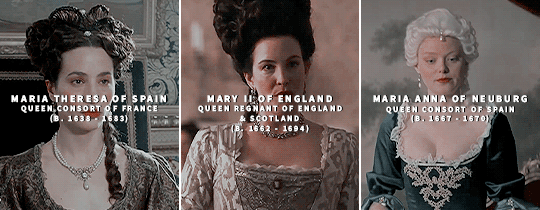
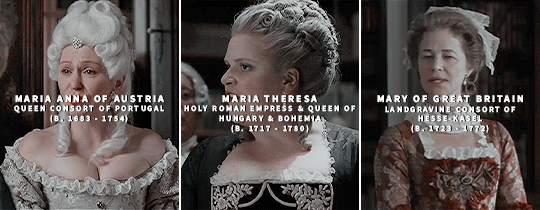

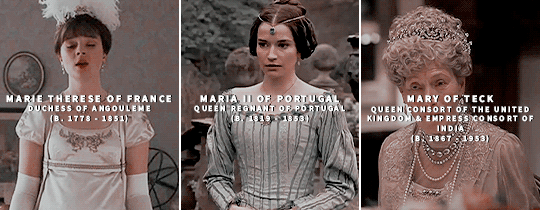
↳ Historical Ladies Name: Mary/Marie/Maria
#mary of woodstock#mary of waltham#mary of guelders#mary of burgundy#mary tudor#mary of guise#mary i of england#mary queen of scots#marie de medici#mary princess royal#mary of modena#maria theresa of spain#mary ii of england#maria theresa#marie antoinette#mary of teck#my gifs#creations*#historicalnames*#historyedit#efoor
451 notes
·
View notes
Text
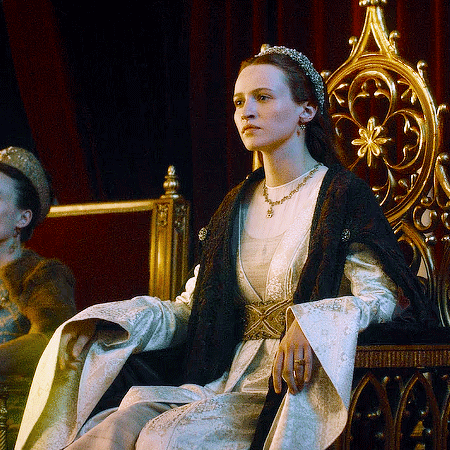

Christa Théret as Mary Of Burgundy
Maximilian - Das Spiel von Macht und Liebe Episode 2
#maximilian#maximilian: das spiel von macht und liebe#maximilian and marie de bourgogne#maximilian: the game of power and love#mary of burgundy#christa théret#christa theret#stuff:mine#germanperioddrama#perioddramaedit#perioddramagif#perioddramasource#gifshistorical#maximilianedit#germanperioddramaedit
149 notes
·
View notes
Photo
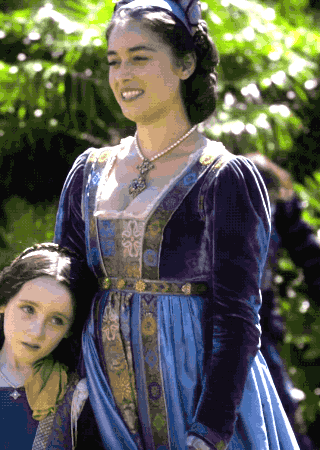


(Almost) Every Costume Per Episode + Mary of Burgundy’s blue, purple and gold gown in 1x03
#The White Princess#TheWhitePrincessEdit#perioddramaedit#weloveperioddrama#period drama#perioddrama#costumeedit#Mary of Burgundy#Burgundy#costumes#costume edit#costume drama#costume set#costume series#Almost Every Costume Per Episode#historical drama#Awkward-Sultana
55 notes
·
View notes
Text
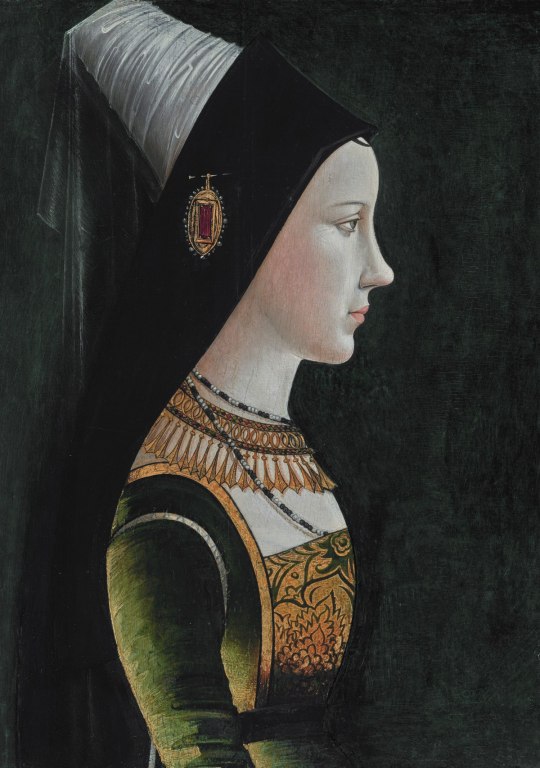
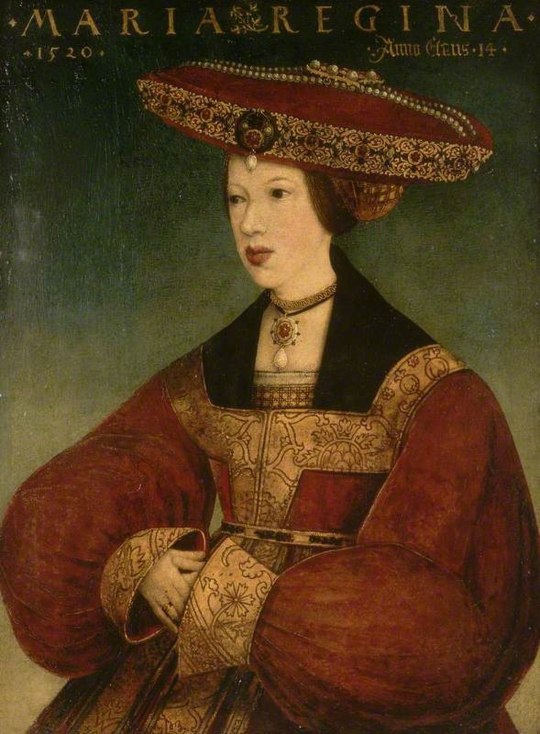
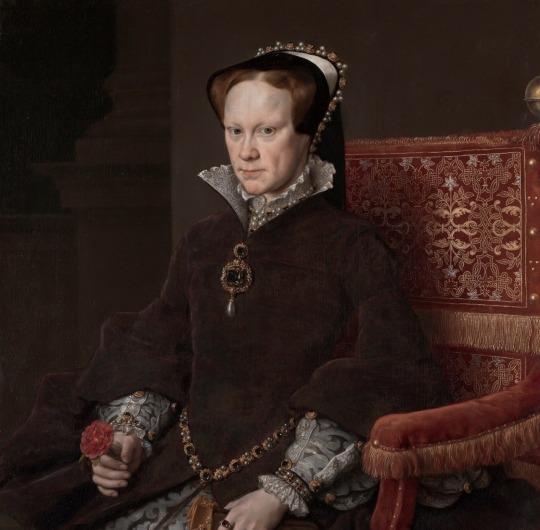
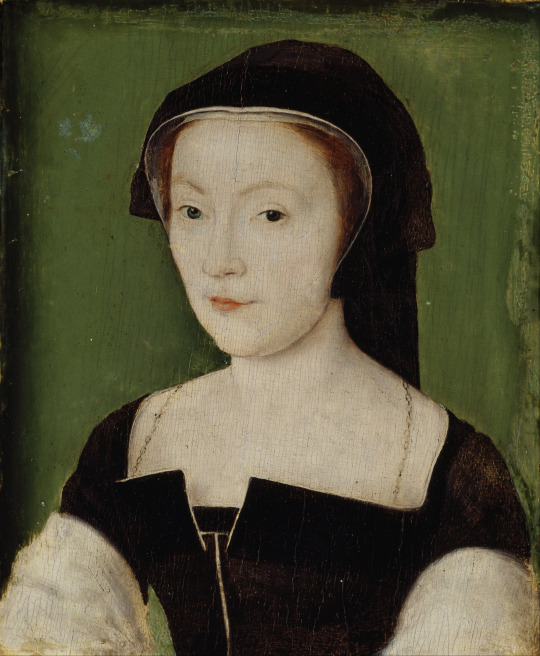
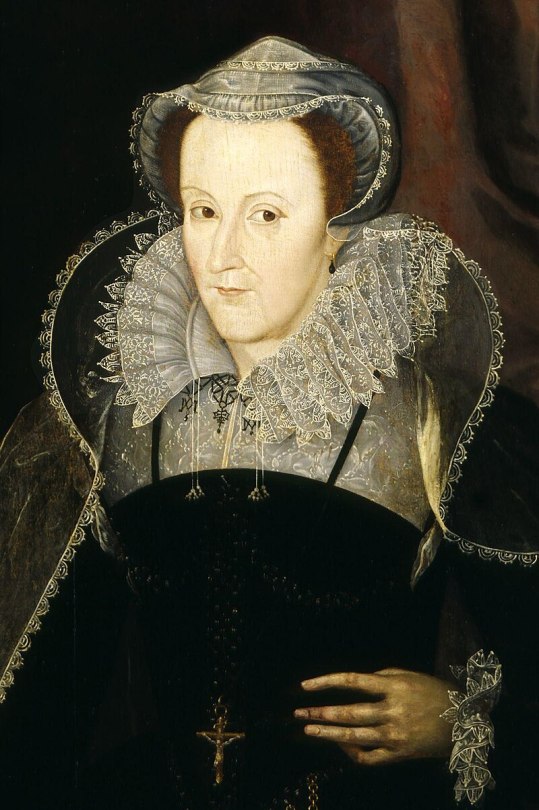

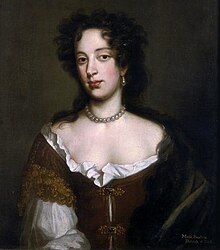
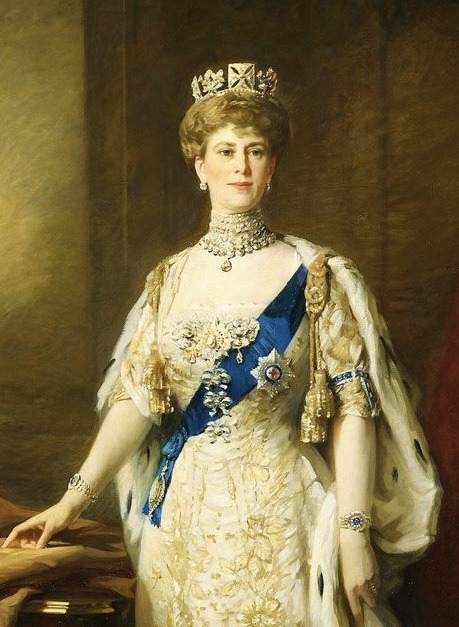
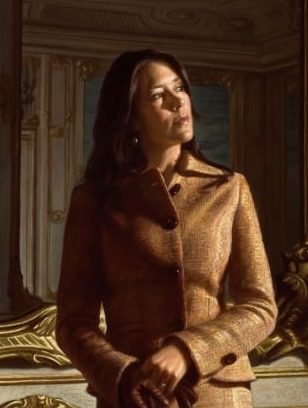
9 Royal Mary’s of history - Reigning and Consorting:
-> 1. Mary of Burgundy: Consort of Maximilian I, Holy Roman Emperor (1457–1482).
-> 2. Mary of Hungary (Mary of Habsburg): Queen consort of Louis II of Hungary and Bohemia (1505–1558).
-> 3. Mary I of England: Reigned 1553–1558 (1516–1558).
-> 4. Mary of Guise: Queen consort of James V of Scotland, regent for Mary, Queen of Scots (1515–1560).
-> 5. Mary, Queen of Scots: Reigned 1542–1567 (1542–1587).
-> 6. Mary II of England: Reigned 1689–1694 (1662–1694).
-> 7. Mary of Modena: Queen consort of James II of England, regent for James Francis Edward Stuart (1658–1718).
-> 8. Mary of Teck (Queen Mary): Consort of George V of UK, reigned 1910–1936 (1867–1953).
-> 9. Mary Elizabeth Donaldson (Queen Mary): current Queen consort of Frederick X of Denmark since 14th January 2024 (1972-).
#ktd#Royal history#european history#Mary I#mary ii#mary queen of scots#queen mary#Mary of teck#Mary of Modena#Mary of guise#Mary of burgundy#Mary of Hungary#European royalty#royal#royalty#brf#british royal family#british royalty#british royal fandom#Art#art history#Denmark
30 notes
·
View notes
Text
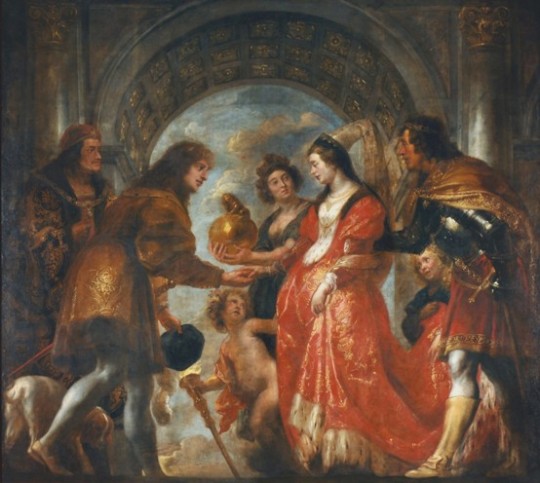
The Wedding of Mary of Burgundy with Maximilian of Austria by Jacob Jordaens, between 1634 and 1635
#maximilian i#mary of burgundy#new post#historical fashion#art#history#artwork#fashion history#oil painting#painting#historical#oil on canvas#jacob jordaens#1630s#duchy of burgundy#holy roman emperor#holy roman empire
18 notes
·
View notes
Text
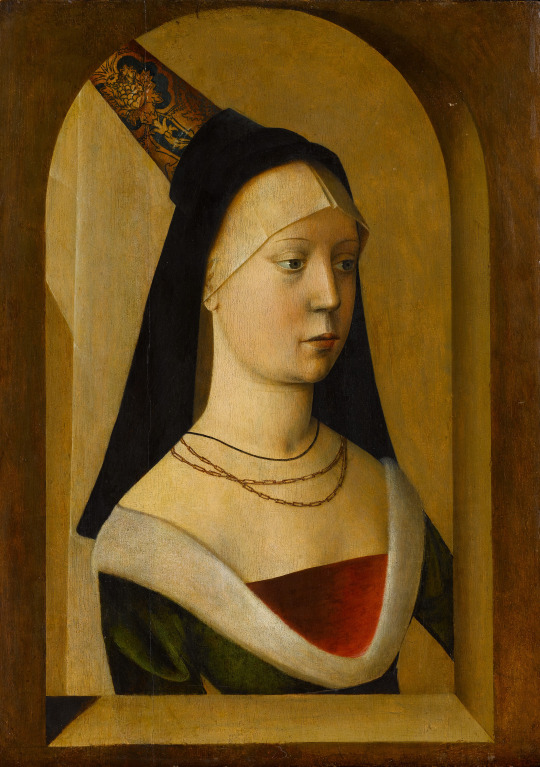
Netherlandish/French, 15th century
Portrait of a Lady ca.1470-80
The Metropolitan Museum of Art
Previous scholarship offers two unconvincing suggestions as to the sitter's identity: Margaret of York (1446 -1503), Duchess of Burgundy, and Mary of Burgundy (1457 -1482), Margaret's stepdaughter. The picture remains without a secure attribution, preserving, somewhat unfortunately, the air of mystery surrounding the portrait.
#netherlandish#netherlands#1400s#art#european history#european art#fine art#classical art#europe#european#oil painting#fine arts#europa#mediterranean#france#french#french art#netherlandish art#margaret of york#mary of burgundy
26 notes
·
View notes
Photo







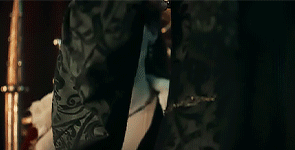

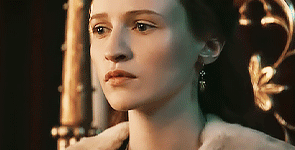
mary of burgundy
1457 - 1482
#christa therat#christa theret gifs#maximilian#maximilian and mary#mary of burgundy#tv#tvedit#perioddrama#perioddramaedit
92 notes
·
View notes
Photo
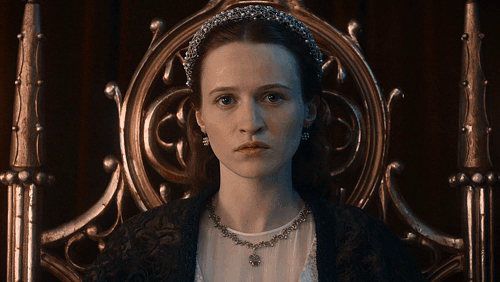




MARY OF BURGUNDY, THE RICH
Duchess of Burgundy, countess of Flanders, and archduchess of Austria, who fought to save her land from France and preserved what was to become the modern country of Belgium.
In Mary of Burgundy's days, Burgundy encompassed the area surrounding Dijon, Flanders, Picardy, and Brabant. It bordered France, Austria, and the English territories in the northeast part of continental Europe. The future of Burgundy was of utmost importance in the ongoing struggle for power between England and France, as well as in the many smaller conflicts throughout central and northern Europe. Mary's father, who was to be remembered as Charles the Bold, was the count of Charolois. Her grandfather, known as Philip the Good, reigned as the duke of Burgundy. Mary's mother was Isabelle of Bourbon , the second wife of Charles. His first wife Catherine de France had died young, with no children; Mary of Burgundy was therefore the sole heir to a large and rich territory.
Since Charles had no male heirs, potential marriages with Mary of Burgundy were plotted almost from the day of her birth on February 13,1457. Her entrance into the world was celebrated in a grand style, and her baptism at the cathedral of Coudenberg was considered "the greatest magnificence ever seen for a girl." This elegance may have been due to the political position of the child, or it simply may have been expected of the stylish House of Burgundy. Whatever the reason, the festivities lasted an entire day, and Louis of France, later to rule as King Louis XI, was appointed as Mary's godfather. Mary's grandmother, Isabella of Portugal (1397–1471), filled the role of godmother. Gifts were brought by representatives from across Europe, including some from a number of cities which were in rebellion against Duke Philip the Good at the time.
Mary of Burgundy spent most of her childhood at the ducal castle of Ten Waele at Ghent. She enjoyed an affectionate relationship with her father, even though he was almost constantly away from her. Especially after 1465, when Charles became the duke of Burgundy, he was personally involved in controlling and governing the cities of his territory. He also developed a flair for conquering new cities, and military operations kept him occupied for months at a time. Isabelle of Bourbon died when Mary was eight years old, and the girl was raised primarily by Lady Hallewijn, the wife of the duke's chief steward. Lady Hallewijn was a constant companion and loyal attendant to Mary throughout her life. Several cousins and other children from noble families lived with the heiress as playmates during her childhood. Mary's great-aunt (possibly Agnes of Burgundy) was responsible for arranging the series of governesses that educated the young lady. Not much is known about Mary's education, but it is clear that she could speak French, Flemish, and English. She enjoyed reading fables and Roman histories, and may have had some training in political philosophy. Her later actions as reigning duchess suggest that she was prepared early in life to govern.
Mary developed a keen interest in hunting, riding, and other outdoor sports, as well as in gardening. She cared for her falcons as if they were children; later in life, her husband would express surprise at Mary's insistence on keeping the birds in the bedroom, even within a few days of their wedding. Mary's personal seal was a picture of herself on horseback with a falcon on her wrist. She had a complete court of attendants from her infancy, including a dwarf named Madame de Beauregard.
Mary soon made her choice among the many suitors for her hand by selecting Archduke Maximilian of Austria, the future Holy Roman Emperor Maximilian I, who became her co-ruler. The marriage took place at Ghent on 19 August 1477, when she was 20 years old, while he was two years younger. Mary's marriage into the House of Habsburg initiated two centuries of contention between France and the Habsburgs, a struggle that climaxed with the War of the Spanish Succession bethween 1701 and 1714.
When they had time, the couple indulged themselves with dancing, hunting, music and the love for animals. Mary tried to teach him iceskating, which he struggled to master. They read romances together. Contrary to the custom of the time, Mary and Maximilian shared the same private quarters and bedroom. Mary nursed their children herself and used to dine with merchants from Dijon. She entusiastically cheered for her husband during tournaments, in which he exceled in jousting, not just in feats of strength but also in the luxury he lavished on the equipments, horses, accessories and ornaments. At first, they talked to each other in Latin. With Maximilian by her side, Mary's position became stronger, politically and militarily. Although he came with no money nor army, nor support from the Empire, and no prior experience in governance, his competence in military matters and his prestige as the son of an emperor boosted the stability of her territories. He took over the war effort, concerning both military and financial details.
In 1482, a falcon hunt in the woods near Wijnendale Castle was organised by Adolph of Cleves, Lord of Ravenstein, who lived in the castle. Mary loved riding and was hunting with Maximilian and knights of the court when her horse tripped, threw her in a ditch, and then landed on top of her, breaking her back. She died several weeks later on 27 March from internal injuries, having made a detailed will. She was buried in the Church of Our Lady in Bruges on 3 April 1482. She was pregnant at the time.
Maximilian was devastated. She had initially hidden the extent of her injury to calm him down. When he continued to display uncontrollable grief, she had to force him out of her chamber so that she could discuss matters of the state with her vassals, concerning which she asked them to keep their loyalty oath to him and their children. Maximilian was not present when she said her last words.
#mary of burgundy#house of habsburg#habsburg#maryandmaximilliam#duchyofburgundy#historicalwomen#history#european history#royal women
28 notes
·
View notes
Text

mary of burgundy reading her devotions from her book of hours (1470s) by the master of mary of burgundy
her hand traces the marian prayer, “obsecro te domina sancta maria ("I beseech thee, holy mary").
#mary of burgundy#netherlandish art#burgundian netherlands#burgundian art#book of hours#duke of burgundy#northern european art#religious art#religious imagery
110 notes
·
View notes
Text

Christa Théret and Jannis Niewöhner as Mary of Burgundy and Maximilian of Austria
#maximilian das spiel von macht und liebe#mary of burgundy#maximilian and marie de bourgogne#maximilian of austria#christa théret#jannis niewöhner
26 notes
·
View notes
Text

taking a stroll
drollery from the margins of the "hours of mary of burgundy", flanders, c. 1470
source: Vienna, ÖNB, Cod. 1857, fol. 164r
#15th century#marginalia#drolleries#hybrids#hours of mary of burgundy#mary of burgundy#medieval art#illuminated manuscript
170 notes
·
View notes
Photo


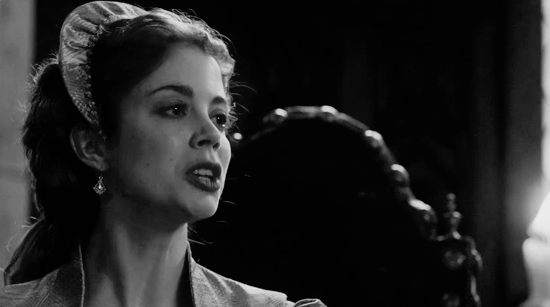
Charlotte Hope x Jannis Niewöhner
#charlotte hope#charlotte hope gifs#period fc#jannis niewoehner#jannis niewoehner gifs#jannis niewöhner#jannis niewöhner gifs#maximilian#maximilianedit#tsp#tspedit#the spanish princess#mary of burgundy#maximilian: das spiel von macht und liebe#maximilian das spiel von macht und liebe#crackship
23 notes
·
View notes
Text
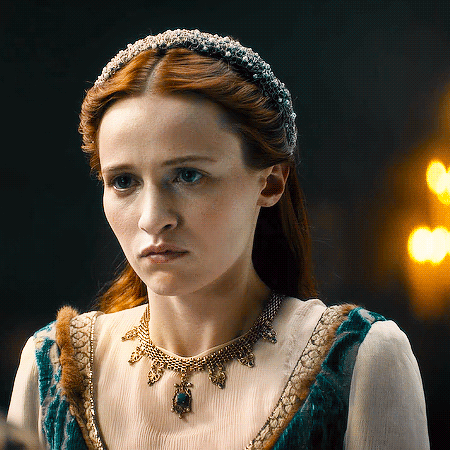
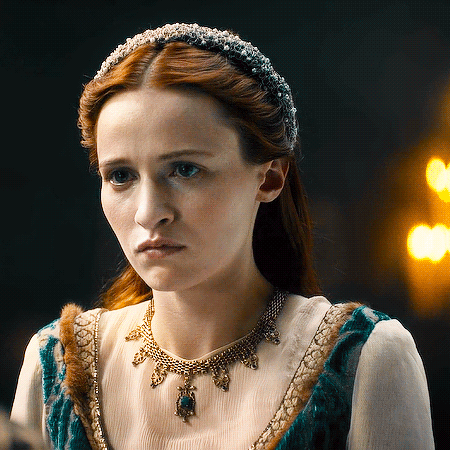


Christa Théret as Mary Of Burgundy
Maximilian - Das Spiel von Macht und Liebe Episode 1
#maximilian#maximilian: das spiel von macht und liebe#maximilian and marie de bourgogne#maximilian: the game of power and love#mary of burgundy#christa théret#christa theret#stuff:mine#germanperioddrama#perioddramaedit#perioddramagif#perioddramasource#gifshistorical#maximilianedit#germanperioddramaedit
157 notes
·
View notes
Photo
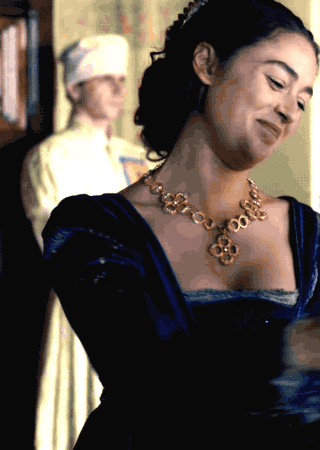


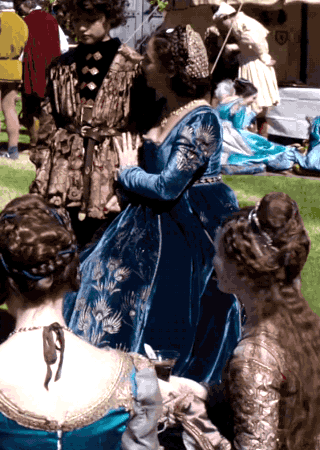


(Almost) Every Costume Per Episode + Mary of Burgundy’s blue velvet gown in 1x03
#The White Princess#TheWhitePrincessEdit#perioddramaedit#weloveperioddrama#period drama#perioddrama#costumeedit#Mary of Burgundy#Burgundy#costumes#costume edit#costume drama#costume set#costume series#Almost Every Costume Per Episode#historical drama#Awkward-Sultana
46 notes
·
View notes
Note
5 for the museum ask :D
5. If you could create a museum about one thing, what would it be?
I think if I could I’d have a museum about the Burgundian Court from the 14th to the 15th century. I took several classes in undergrad focusing on northern renaissance art, especially the Burgundians (and honestly if I could back I’d focus more not my studies on that era) but the Burgundian Court was one of the most lavish and powerful in Europe for a time with ties with France, England, Spain and eventually the Holy Roman Empire.
They’re the reason when we were all kids we pictured princesses wearing those pointy hats( the proper name escapes me at the moment), why Joan of Arc was executed. Phillip the Good, said “ no thanks.”to an invitation to join the Order of the Garter(a rally ballsy move) and said “I’m going to former my own chivalric order.” Mary of Burgundy brought her hawks and greyhounds in to her bedchamber after her wedding. They were extra and I love it. I would love to have a museum just about this court.
Thank you for the question @museemusee!!
#I’m sorry for the rambling#I have a lot of feels#also I’m slightly tipsy#the court of Burgundy#mary of burgundy#she just brought her favorite hawks and greyhounds in her bedroom and was like what you can’t stop me#philip the fair duke of burgundy#artemis answers#museums#museum professional
8 notes
·
View notes